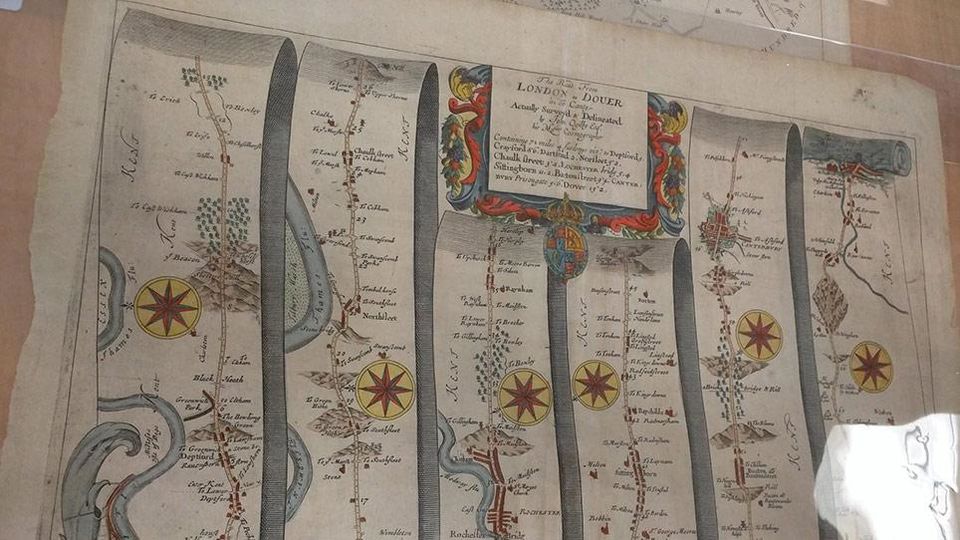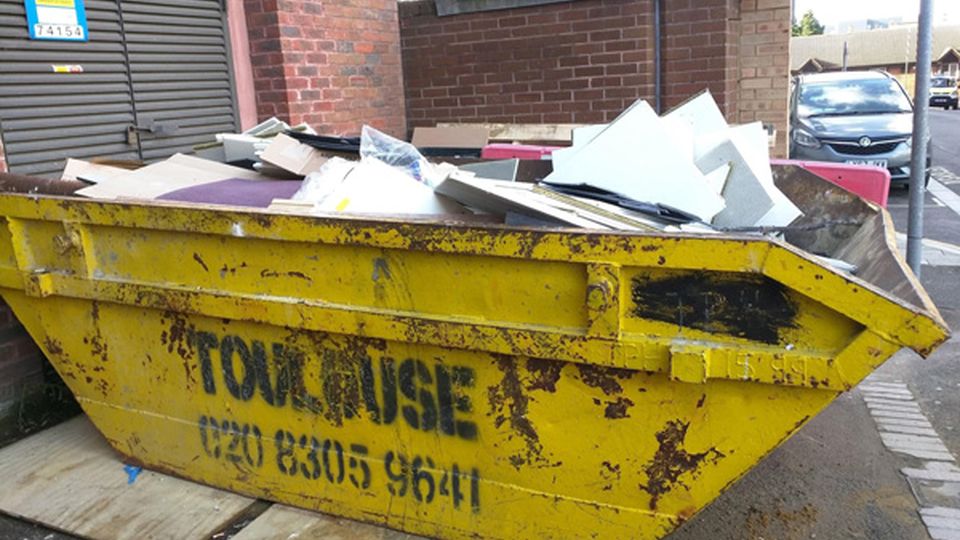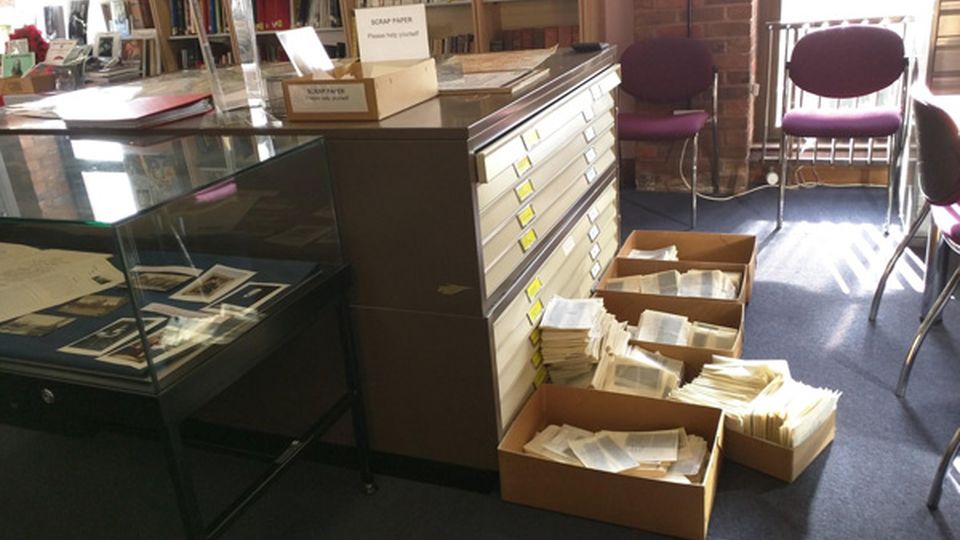Image

Performing Places Bexley Blog: A Day at the Archives
Performing Places Bexley is a two-year project, funded by Bexley Council and led by Sally Mackey, professor of applied theatre and performance at The Royal Central School of Speech and Drama, University of London. Performing Places Bexley follows from two earlier AHRC-funded research projects: Challenging Concepts of ‘Liquid’ Place through Performing Practices in Community Contexts and Performing Places: working with local councils to reach new communities and facilitate wellbeing in living environments. Performing Places Bexley will focus on the town of Bexleyheath, creating an imaginative narrative with and for the people of Bexley in the summers of 2018 and 2019.
Sally Mackey positions place as ‘a combination of physical location and cognitive engagement…a perceived environment or location with which people believe they have a personal relationship. People interact - psychologically and physically - with place’ (Mackey 2017: 8). As much as Bexley might be regarded as a familiar place, Performing Places Bexley aims to use place practices that might, perhaps, make the familiar strange and in doing so, encourage a sense of Bexley as ‘A Place for Everyone’ with ‘an engaged population and integrated communities’ (O’Neil in Mackey 2018).
We have arranged a trip to Bexleyheath archives. On this day, ‘we’ are Sally Mackey, project manager Suha Al-Khayyat, applied theatre practitioner Claire Macneill and project scribe, Adelina Ong.

We enter through the back door of the Library in Bexley. There are renovations ongoing and a pile of cardboard and coloured boards juts out of a yellow Toulouse skip. A renewal of the archive both literally and metaphorically as the library now houses not only the archives of Bexley but also provides services that facilitate digital inclusivity. It is in the process of becoming a place of knowledge where one might learn of the past, and learn of ways to access information (online) in the present. The process of renewal implies also a clearing out of the past - how do we decide what to archive and what to throw away? Chiming with this thinking, the yellow skip holds the discarded fragments of a not so distant past as we make our way, past the construction, to pore over the remains of the old Roman Road (or what is presently known as Bexleyheath Broadway).

Together with impressively ordered material, we are greeted by brown paper boxes filled with documents to be sorted, next to a grey metal filing cabinet. On top of this cabinet, a small brown box that says ‘Scrap paper. Please help yourself’. There is much about ‘scrapping’ in our minds. We are introduced to Oliver and Graham who work at the Bexley Archives. Graham has meticulously prepared a presentation of over 100 photographs of Broadway for a future in-house session which he kindly shares with us. He tells us about the clock tower which was built in 1912 to commemorate King George V. It replaced the Pincott Memorial which was of the first mayor of Bexley. The bust of King George was replaced with a bust of William Morris, and then a bust of Queen Elizabeth which remains. We hear stories of the trams which ran from 1903 to 1936. The trams were replaced by trolley buses which were replaced by buses in the 1960s. Graham remarks that the pedestrianisation of Bexleyheath Broadway changed the feel of the road significantly. He shows us a stunning series of photos by a photographer who walked the whole length of Broadway on 6 May 1951, taking photos of the road from noon till early evening.

The photographs of Broadway change from black and white to coloured as Graham regales us with more stories of a quack doctor who did teeth extractions at the back of a bandwagon and myths of an archery contest between Robin Hood, Dick Turpin and King Henry VIII. One could spend an entire day at the archives poring over Goad maps from 1974, ordnance surveys from 1860 and turnpike maps. Imaginations stimulated, we discuss plans for Performing Places Bexley. Mackey asks, ‘What is it about the past that is so seductive? How might it invite people to think differently about the present in ways that keep us focused on the future?’
Perhaps, as geographer Tim Edensor suggests, these archived objects offer ‘a response to an emergent sense of detachment and displacement’ even though these archived objects also ‘replace memories that are embedded in everyday habits, traditions and social interactions…transmitted in place’ (Edensor 2005: 127). The commemorated past offers a selectively edited record of our achievements. Often, we curate a narrative that we can be proud of. The future, in comparison, holds the possibility of failure and disappointment. How then might this past inspire ways of creating a place for everyone? The daunting prospect of living up to, and surpassing, past accomplishments, might provide some basis of confidence towards our ability to cope with the uncertainties of the future. But perhaps, it is the relationships we build with place, with others in Bexley’s present, that might open up new possibilities that enable us to navigate the uncertainties of the future together, through Performing Places Bexley in the months to come.
Note: This blog is written by Adelina Ong.
19 February 2018
References
Edensor, T. (2005) Industrial Ruins: Spaces, Aesthetics, And Materiality, Oxford [U.K.]; New York, Berg.
Mackey, S. (2017) Performing Local Places: Working with Councils to Reach New Communities and Facilitate Wellbeing in Living Environments, London, Royal Central School of Speech and Drama. (accessed 5.5.17).
Mackey, S. ‘Professor Sally Mackey Receives Major New Grant for Performing Places Bexley’, The Royal Central School of Speech and Drama, 2018 (accessed 15.2.18).
